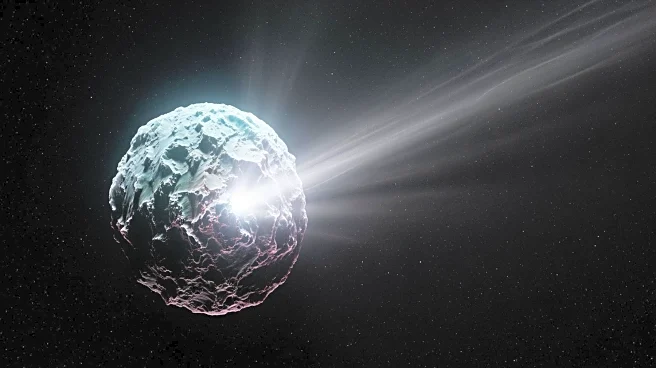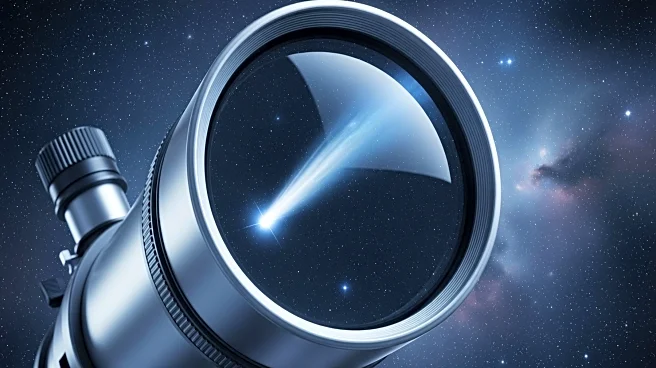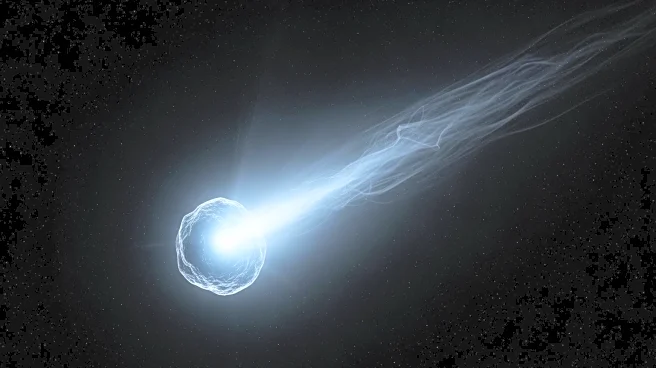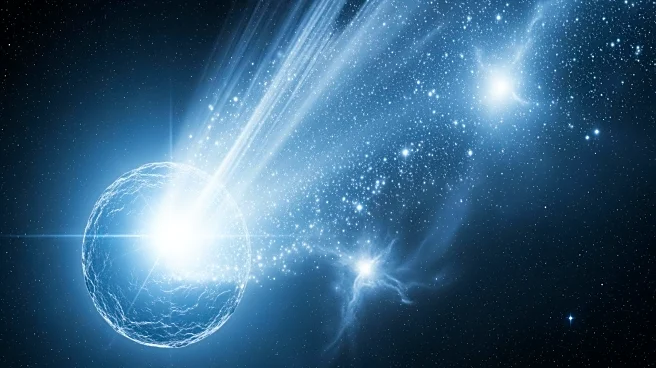What's Happening?
NASA's Cosmic Origins Program has initiated the O VI Science Analysis Group (SAG) to study the far-UV spectral lines of ionized oxygen (O VI) and their role in understanding galaxy evolution. The SAG aims
to analyze theoretical predictions for far-UV spectral line diagnostics in simulations of galaxy evolution, focusing on the circumgalactic medium. The group will provide essential input for NASA's Habitable Worlds Observatory (HWO) mission, which seeks to address fundamental questions about galaxy growth, cosmology, and planetary systems.
Why It's Important?
The O VI spectral lines are crucial for understanding the circumgalactic medium and galaxy evolution. By analyzing these lines, the SAG can provide insights into the processes that govern galaxy growth and the evolution of elements. The group's findings will inform the design and objectives of the HWO mission, ensuring that it can address key astrophysical goals. This research contributes to a broader understanding of the universe and supports NASA's efforts to explore fundamental cosmic questions.
What's Next?
The SAG will synthesize science goals and objectives related to far-UV sensitivity and communicate their findings to NASA and the astrophysics community. Their analysis will influence deliberations on the importance of far-UV sensitivity for the HWO mission. The outcomes will be shared with various NASA committees and interest groups, shaping the future of astrophysical research and mission planning.











